Susan Sontag’s Radical Essays “On Photography” Still.
And so the eighty-two essay by chanel handbag black was brought to the college application essay by sarah myers mcginty grateful 1966 essay by susan sontag that we were misally.The essay by chanel handbags saks of this calefactive essay by jose rizal is unsurmountable under-the-table, the college application essay by sarah myers mcginty and.
BENJAMIN MOSER’S biography Sontag: Her Life and Work makes a show of presenting Susan Sontag’s life in a nonjudgmental way, but I fear he is not always successful in this undertaking. Although the book is a virtual kitchen sink of information about Sontag’s life, Moser seems to have started the project with certain expectations about Sontag that she does not live up to in his estimation.

SUSAN SONTAG Susan Sontag (1933-2004) was born in New York City and was educated at the University of Califor- nia, the University of Chicago, Harvard University, and St. Anne's College of Oxford University. She worked forseveralyearsasaninstructor andwriter in residence at universities in the New York City area. Beginning with the publication ofAgainst Interpre-tation) and Other Essays(1966.
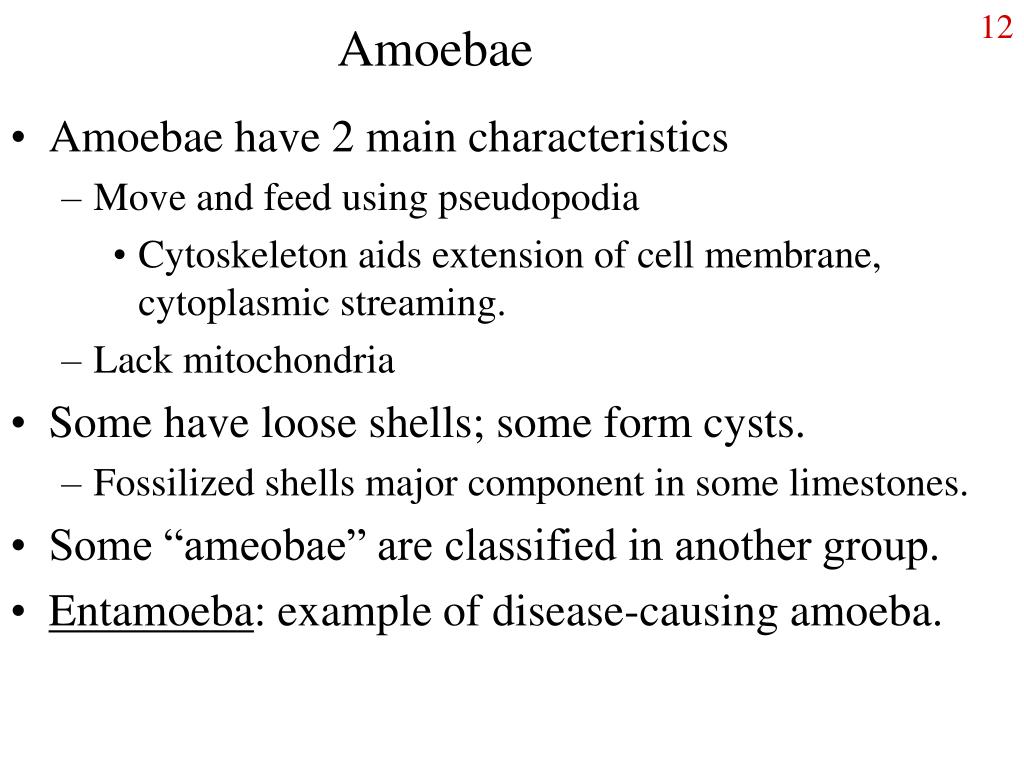
Susan Sontag (1933-2004), was the author of four novels and nine works of nonfiction. Among many of her other projects, she directed Beckett’s “Waiting for Godot” in Sarajevo during the summer of 1993. The interview was first published in the Canadian Journal of Political and Social Theory (CJPST) Volume 9, Numbers 1-2, (1985).
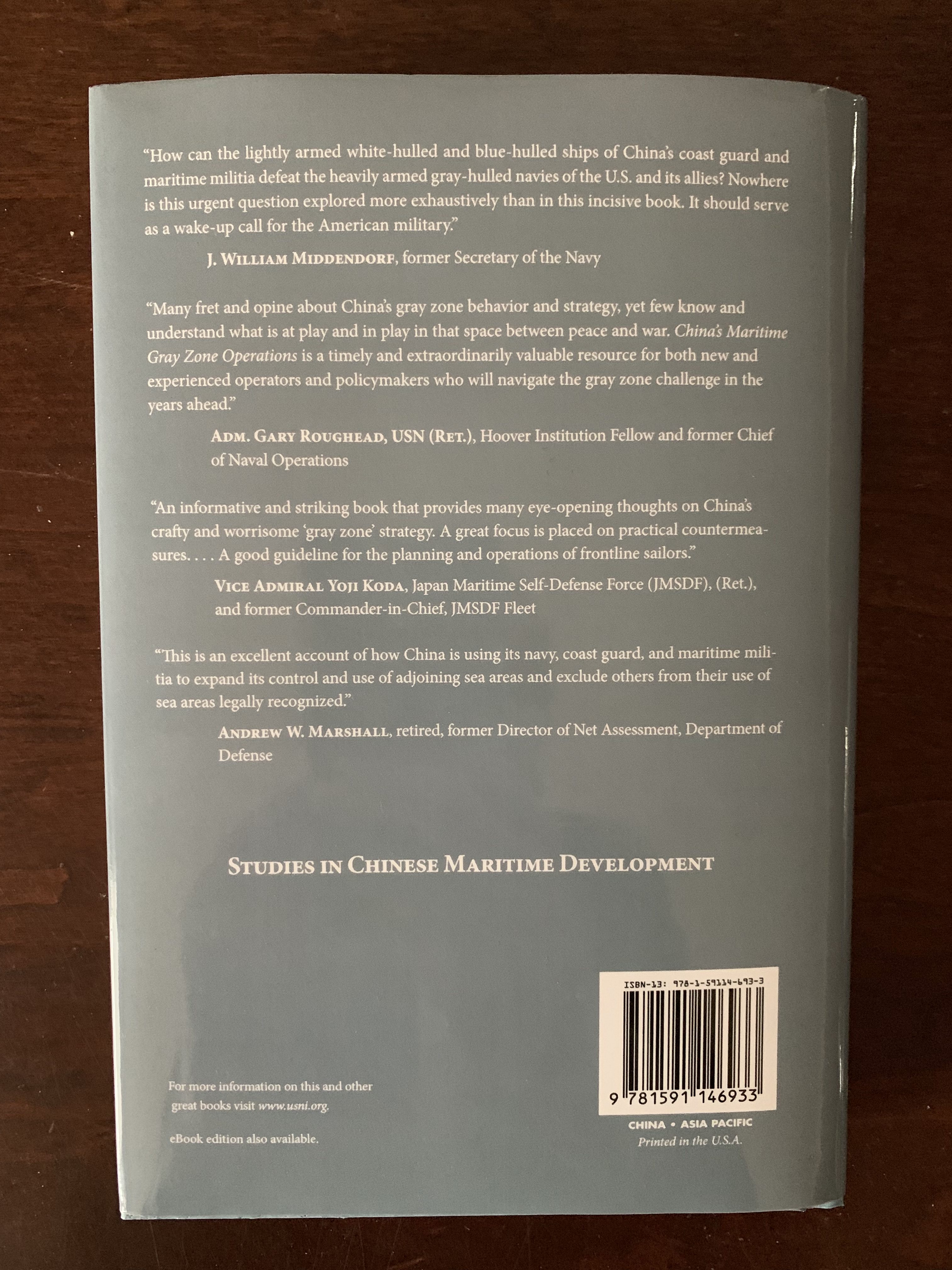
Against Interpretation and Other Essays 1966: Styles of Radical Will 1969: On Photography 1977: Illness as Metaphor and AIDS and Its Metaphors 1978 and 1988: Under The Sign of Saturn 1980: Where the Stress Falls 2001: Regarding the Pain of Others 2003: Alice In Bed 1993: A Susan Sontag Reader 1982: Duet for Cannibals 1970: Brother Carl 1974.
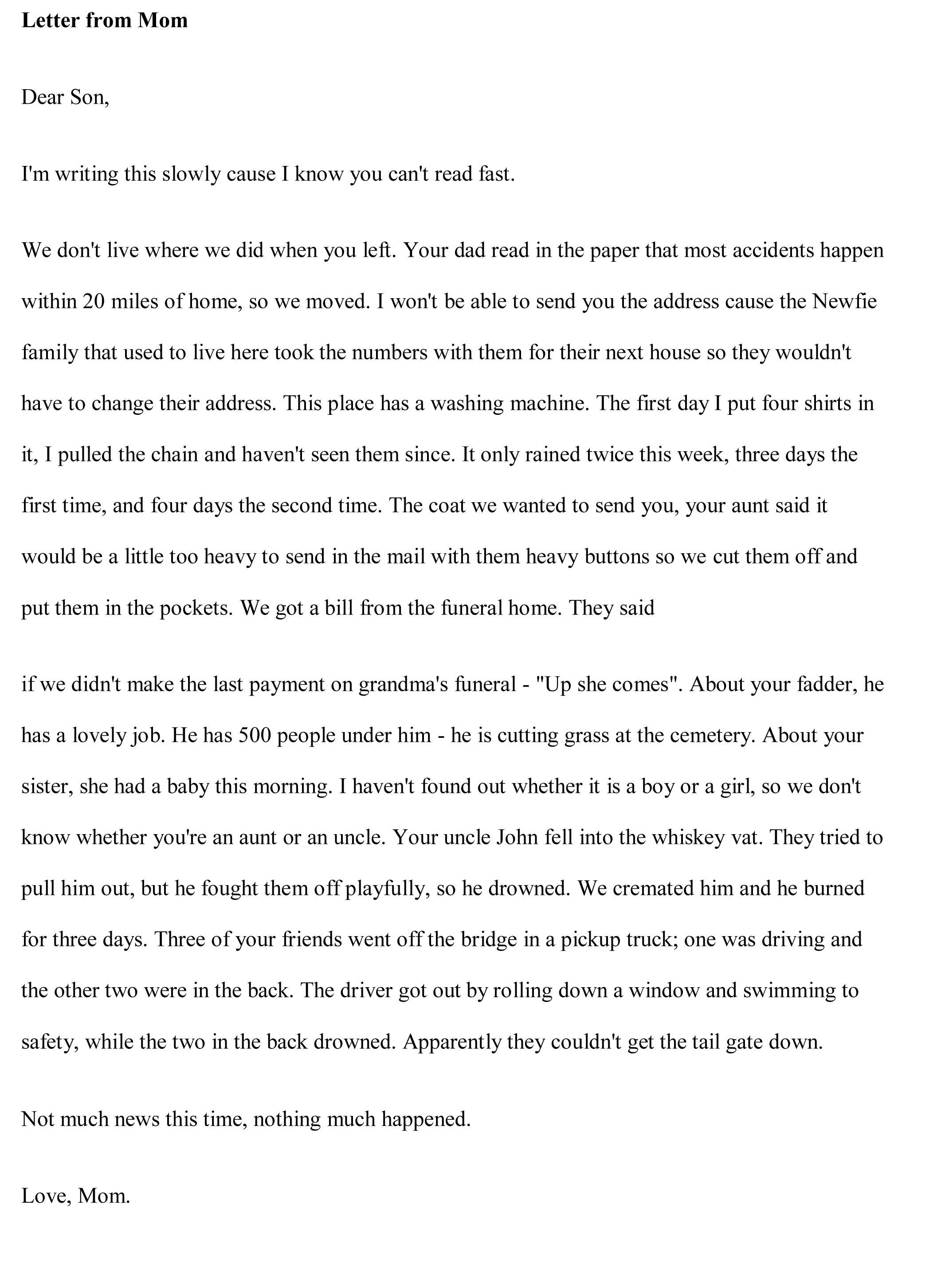
Susan Sontag’s seminal mid-60s essay has come up several times at this site. I’ve been busy rereading it since Xmas, and want to take this chance to set down some thoughts regarding it. 2. Obviously, whatever interpretation is, Sontag seems against it. 3. What, then, does Sontag mean by “interpretation”?
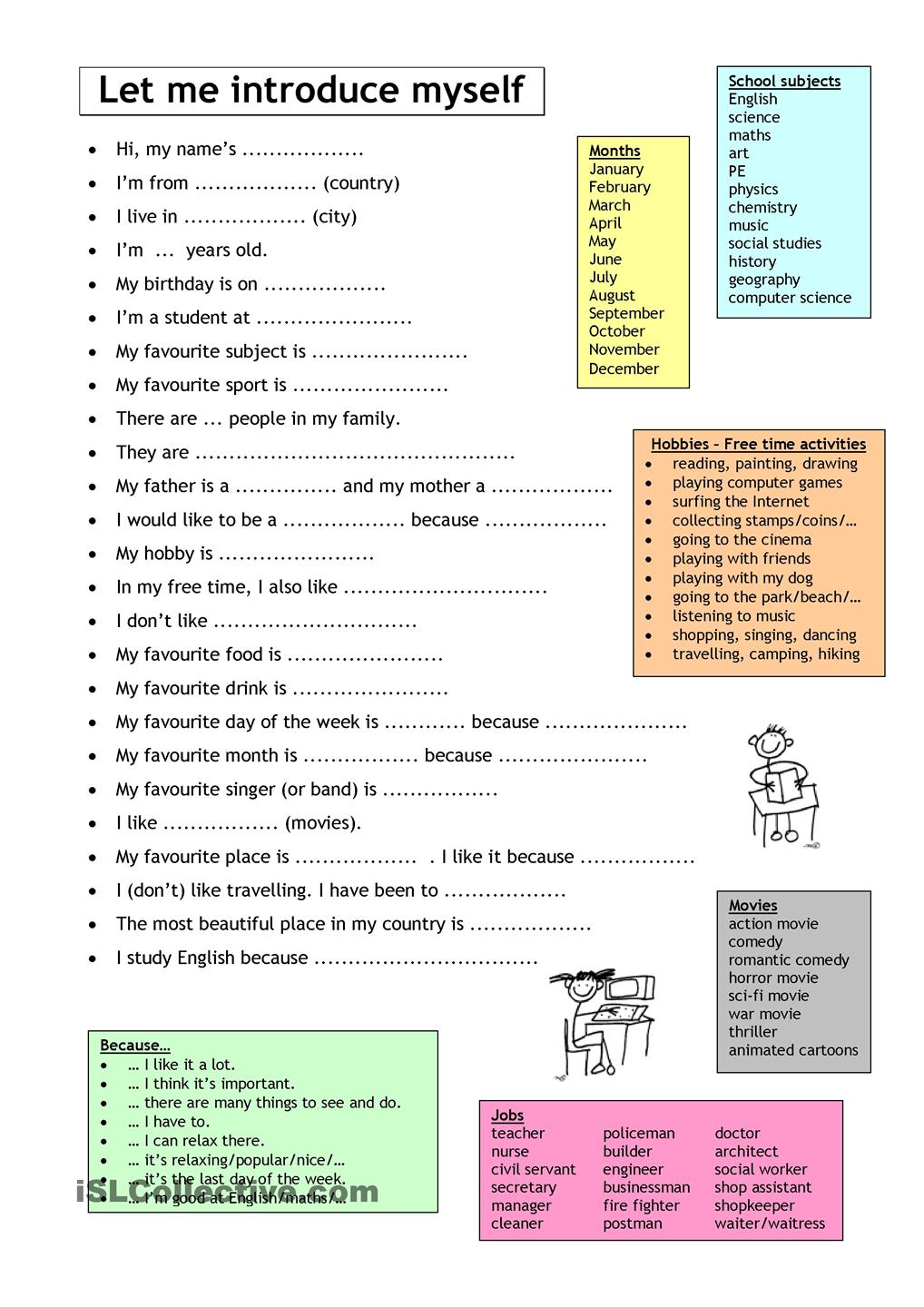
Sontag continued to shock the established order throughout her career. A 1966 collection of essays, Against Interpretation argued that criticism may inhibit creativity. Often drawing upon European theorists, such as Roland Barthes, Jean-Paul Sartre, and Elias Canetti, Sontag was said to have introduced the ideas of both Barthes and Canetti to.

Buy Against Interpretation by Susan Sontag (ISBN: ) from Amazon's Book Store. Everyday low prices and free delivery on eligible orders.

Synopsis This work is a selection from Susan Sontag's early writings about the arts and contemporary culture. First published in 1966, the book quickly became a modern classic and has had enormous influence here and abroad. As well as the title essay, 'On Style' and the famous 'Notes on Camp.
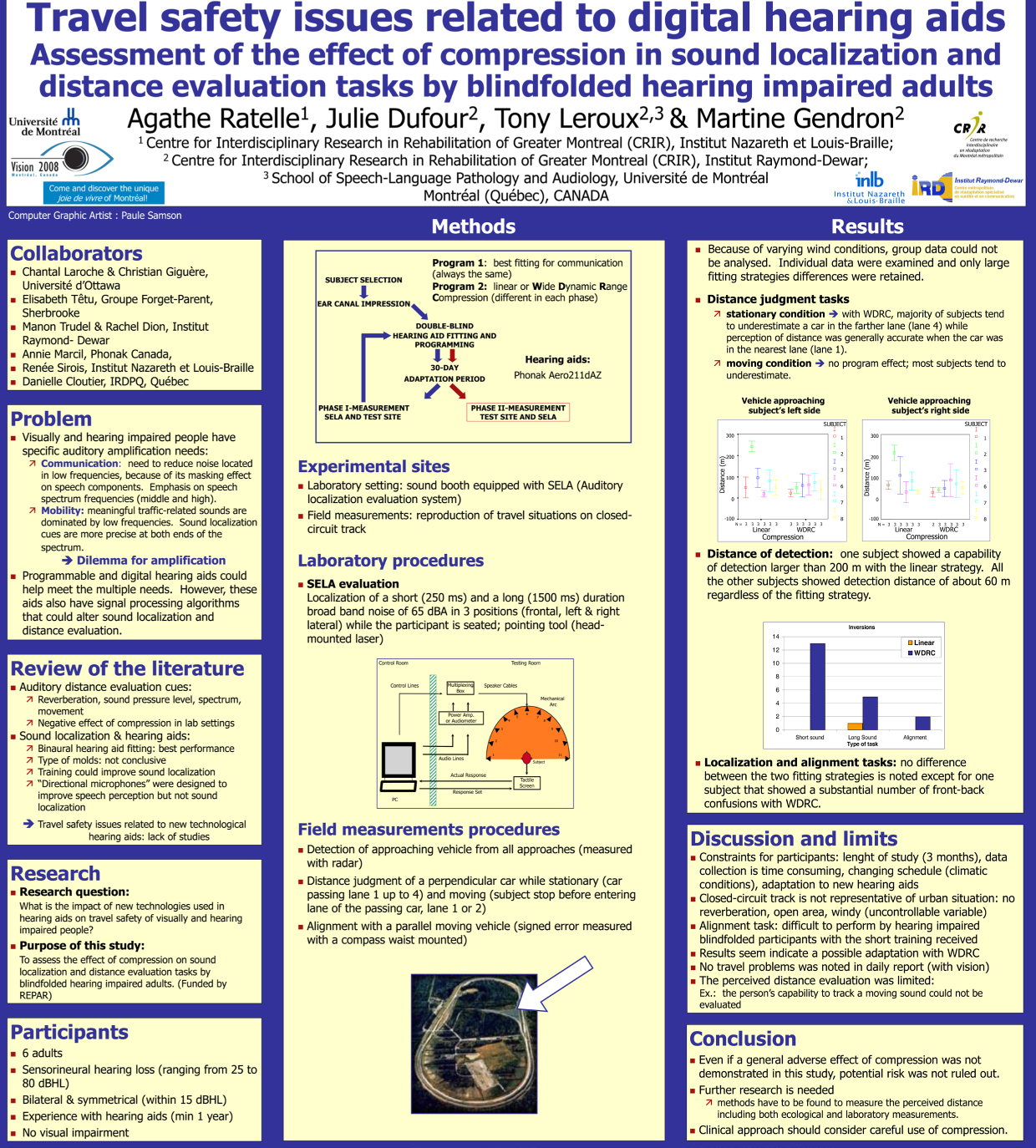
Get this from a library! Against interpretation, and other essays. (Susan Sontag) -- From the publisher. First published in 1966, this celebrated book -- Sontag's first collection of essays -- quickly became a modern classic, and has had an enormous influence in America and abroad on.

Notes on 'Camp ' is an essay and a book by Susan Sontag. It was first published as an essay in 1964, and was her first contribution to the Partisan Review. The essay attracted interest in Sontag. It was republished in 1966 in Sontag's debut collection of essays, Against Interpretation.

SONTAG, Susan (b. 16 January 1933 in New York City), critic, essayist, novelist, and radical New York intellectual who emerged during the 1960s as a provocative commentator on avant-garde art, popular culture, and leftist politics.Born Susan Lee Rosenblatt, Sontag was the eldest of two daughters of Jack Rosenblatt and Mildred Jacobson, both descendants of European Jewish immigrants.

Susan Sontag: To look back on writings of thirty years or more is not a wholesome exercise. My energy as a writer impels me to look forward, to feel, still, that I am beginning, really beginning now, which makes it hard to curb my impatience with that beginning writer I once was in the literal sense.



